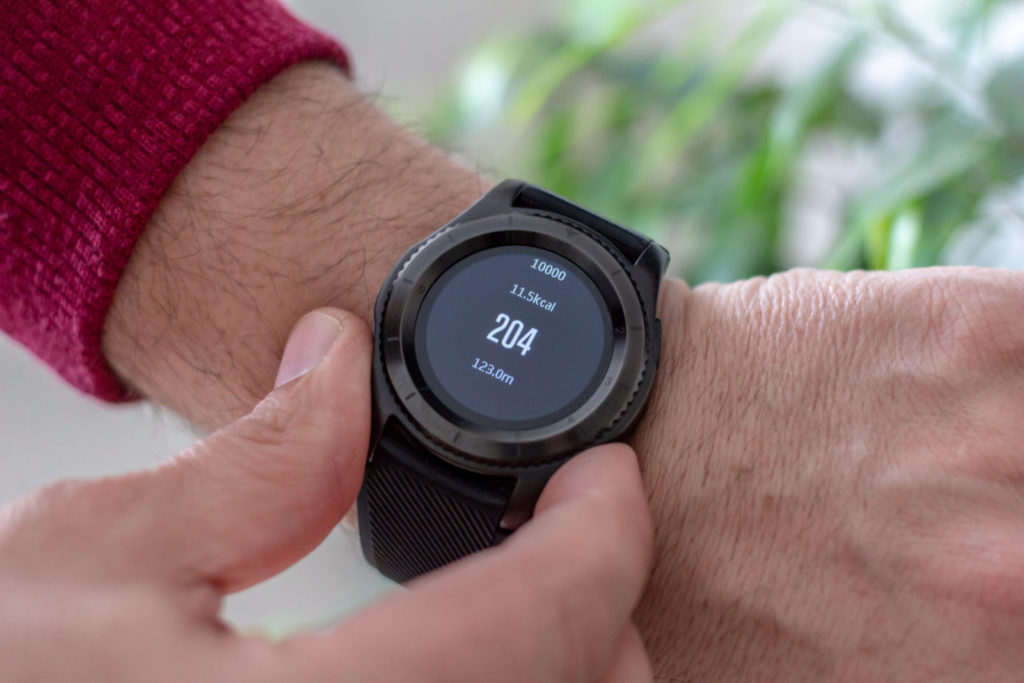Fartlek is a Swedish word meaning “speed play” and is a type of interval training used by experienced runners to improve their pace, running economy and endurance. A typical fartlek interval includes a short period of up tempo running or sprinting followed by an active recovery, which is typically at jogging pace. For more serious runners and triathletes, a significant benefit is realized by increasing the body’s lactate threshold (ability to push through painful lactic acid build up) through the activation of both the aerobic (cardio) and anaerobic (strength) energy systems in this type of workout. But let’s talk about how this kind of workout relates to those of us who aren’t ever going to be “serious” runners.
First, a little backstory. I became an endurance athlete after college because there wasn’t any other way for me to test myself physically in a competitive environment once I graduated. College football was finished and the NFL was not an option. However, I still wanted to push myself physically and experience that competitive feeling. The world of endurance sports provided the most interesting options to me, but my body was not (and still isn’t) built for endurance.
My physique is naturally thick with plenty of fast twitch muscle fibers that are good for power and speed, but not distance. I needed to learn how to run for long durations. That process took time and required some experimentation with different training techniques. Fartlek workouts provided a gentle introduction to the world of running that I really needed.
The painful monotony of maintaining constant locomotion of the body at jogging pace isn’t workable for some people, and I can understand that. I had to break through that physical and mental barrier. To do so, I incorporated a variation of the fartlek that began to build up my cardio system, but without all the discomfort typically felt during a steady state run.

My Secret Formula
This is how it works: create a jog-to-walk interval as opposed to the traditional up tempo/sprint-to-jog interval. I started out with a two-minute jog and a one-minute walk, which I continued for 20 minutes. The recovery walk allows lactic acid to circulate out of the muscles and makes it much easier to get going for the next two-minute interval. It’s not advisable to make the walking interval equal to the jogging interval as that will allow your heart rate to fall out of the cardio zone. The goal here is to get your heart and lungs more efficient (along with burning some calories) because that will greatly improve your overall health. So, stick with a work to rest ratio of 2:1.
My intervals eventually went up to 45 minutes. Once I achieved that, I began to go for steady state runs without walking. And with that, training for my first marathon began.
Add Some Tech to It

If you have a smart watch with a heart rate monitor, use it to track these workouts. If you don’t, check out this article: Best Smart Watches for Health & Fitness. I wear a Garmin Vivoactiv 3, which isn’t profiled in this review, but I love and recommend it. It is one of the cheapest GPS watches out there, yet it does everything I need.
During your interval training, you should notice that your smart watch shows your heart rate staying up in a cardio zone while you walk, and that’s what we’re looking for. In a short time, you will feel comfortable extending the duration of your workout. It’s motivating to see results and smart watches give great feedback.
Let me know if you have any questions or need a little motivation getting started. Here’s to a healthier you!
Cover Photo by Andrew Dinh

